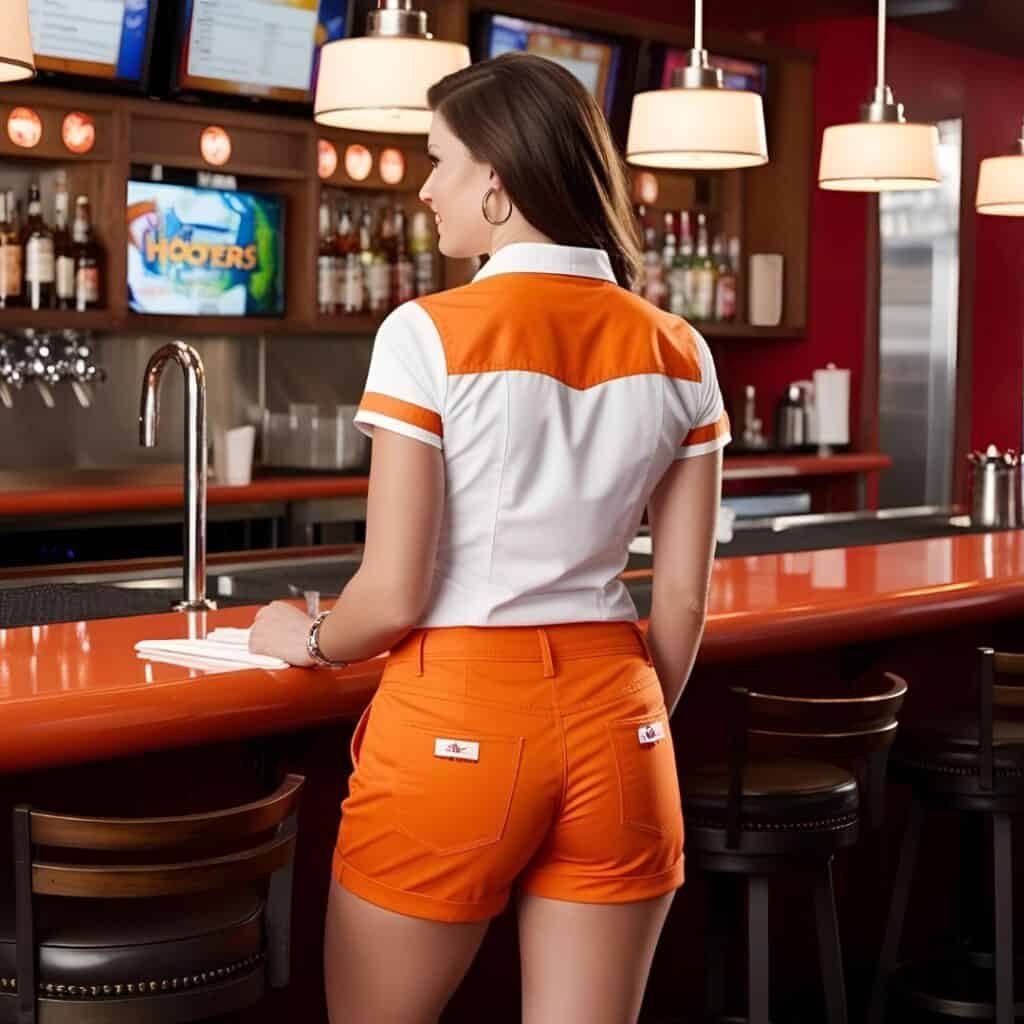In April 2025, Hooters filed for Chapter 11 bankruptcy. But why Hooters went bankrupt is more complex than you might think.
The once-iconic chain, famous for wings, waitresses, and frat-house flair, collapsed under the weight of $376M in debt, rising costs, declining traffic, and a brand that just didn’t age well. It joins a growing graveyard of legacy chains.
But this isn’t just about a gimmick going out of style.
This is a flashing neon sign for where casual dining is headed. And where it’s not.
Bar Culture Shifts: Gen Z Says “Next.”
Gen Z is rewriting the rules of drinking culture. They’re drinking 20% less than Millennials did at the same age, and nearly half haven’t had a drink at all. They’re not showing up for pitchers of Bud Light and hot wings. They want experience, authenticity, and a reason to care.
Hooters’ bro-centric model just didn’t land. Only 8% of its U.S. customers were Gen Z. For Ontario wineries, breweries, and distillers, the opportunity is to lean into what is working: curated, immersive, values-driven experiences.
Bar culture in 2025 rewards innovation and inclusivity, not the same old pitchers and peanut shells. Hooters tried to sell fun with a side of skin; Gen Z is saying no thanks, we’ll take our fun sans objectification. Adapt your approach to pour what this crowd is thirsty for.
Chain Restaurant Volatility: Legacy Brands on the Rocks
Hooters is a textbook example of brand fatigue.
What worked in 1983 flopped in 2025. While they leaned on skimpy uniforms and nostalgia, younger diners moved on. And so did the money.
In 2024, restaurant bankruptcies surged. In Canada, insolvencies jumped 44%, with over 60% of restaurants losing money by year’s end.
The lesson? Diners want more than food. They want to feel something. Successful concepts are agile, immersive, and built for today’s values. If your restaurant hasn’t evolved in a decade, you’re not retro. You’re irrelevant.
Food & Drink Lovers: Nostalgia, Meet the New Normal
Love it or loathe it, Hooters was a pop-culture staple and its closure feels like the end of a kitschy, guilty-pleasure era (plus admittedly decent wings, some will say).
But consumers today don’t just want comfort.
They want conscience and curiosity.
Enter: “Newstalgia”. where retro elements are reintroduced with a contemporary twist. We see brands bringing back throwback menus and vintage decor because, as one industry report put it, “nostalgia holds the power to bridge generational gaps and appeal to broader audiences.” The key is to do it in a way that feels intentional and fun, not tired.
What once felt bold now reads as outdated.
Today’s food lovers are flipping the script and redefining the experience.
Mod Wine Co.’s POV: Adapting to New Hospitality
This isn’t just a headline, it’s a hospitality case study.
Here’s what it means for Ontario’s wine and food scene:. Here’s our sharp take on what this means for our community:
- Experience is King (and Queen): Consumers, especially Gen Z and young Millennials, demand more than a product, they demand an experience. If Hooters can fall, so can any brand coasting on a single gimmick. The goal: give people something they can’t get from Netflix and Uber Eats at home.
- Authenticity and Values Matter: Gen Z has their B.S. detectors on high. They care about how staff are treated, where ingredients come from, and whether a brand walks its talk. Don’t slap on a “sustainable” sticker. Be sustainable. Be real. Be connected to your community.
- Agility over Legacy: Nostalgia is a double-edged sword. The most enduring brands are chameleons. They update, remix, and stay in tune. Update your menu. Refresh your branding. Embrace plant-based, global, tech-savvy service. Speak the language of your future guests. In a world where 71% of Gen Z plan to dine out more in 2025 than in 2024, the opportunity is huge, but only for those who speak their language.
- Local is the New Luxe: One person’s chain collapse is another person’s opportunity. As big-box casual dining recedes, local establishments can fill the gap with something more bespoke. Local producers should be ready to seize partnerships. The appetite is there for local, distinctive, story-driven dining.
In short, the Hooters collapse isn’t a fluke. It’s a case study in what happens when a brand doesn’t evolve.
For the Ontario food and beverage scene, the message is clear:
Innovate. Curate. Tell better stories. Meet people where they are and give them a reason to care.
Update: Hulk Hogan Enters the Ring (May 23, 2025)
Just when you thought the neon had flickered out for good, Hulk Hogan is stepping in to save Hooters.
According to TMZ, the wrestling legend and his company Real American Beer have submitted a bid to buy the bankrupt chain. The plan? Modernize Hooters without losing its “bold identity” and relaunch it across consumer products, digital content, gaming, and more.
“Hooters is more than just wings and nostalgia. It’s part of the American story,” a Real American Beer rep told TMZ. “Under our umbrella, Hooters will return to the spotlight as a symbol of unfiltered Americana- fun, fearless, and proudly American.”
Yes, Hooters may live to fight another round.
But here’s why this matters: a nostalgia brand attempting a rebrand isn’t the same as relevance.
Will Gen Z bite on “unfiltered Americana” served with a new can of lager? Maybe. But the message for Ontario wine and food brands stays the same:
Legacy is only valuable when it evolves.
If Hogan & Co. can truly update the brand in a way that resonates with younger audiences, without just repackaging the past,then great. But if this is just a “Real American” reboot of the same dated playbook? It’s another reminder that nostalgia alone doesn’t drive traffic.
The smart money is still on:
- Inclusive experiences
- Locally driven storytelling
- Brands that know when to reinvent themselves, and how
In the ring of 2025 hospitality, only the agile survive!



